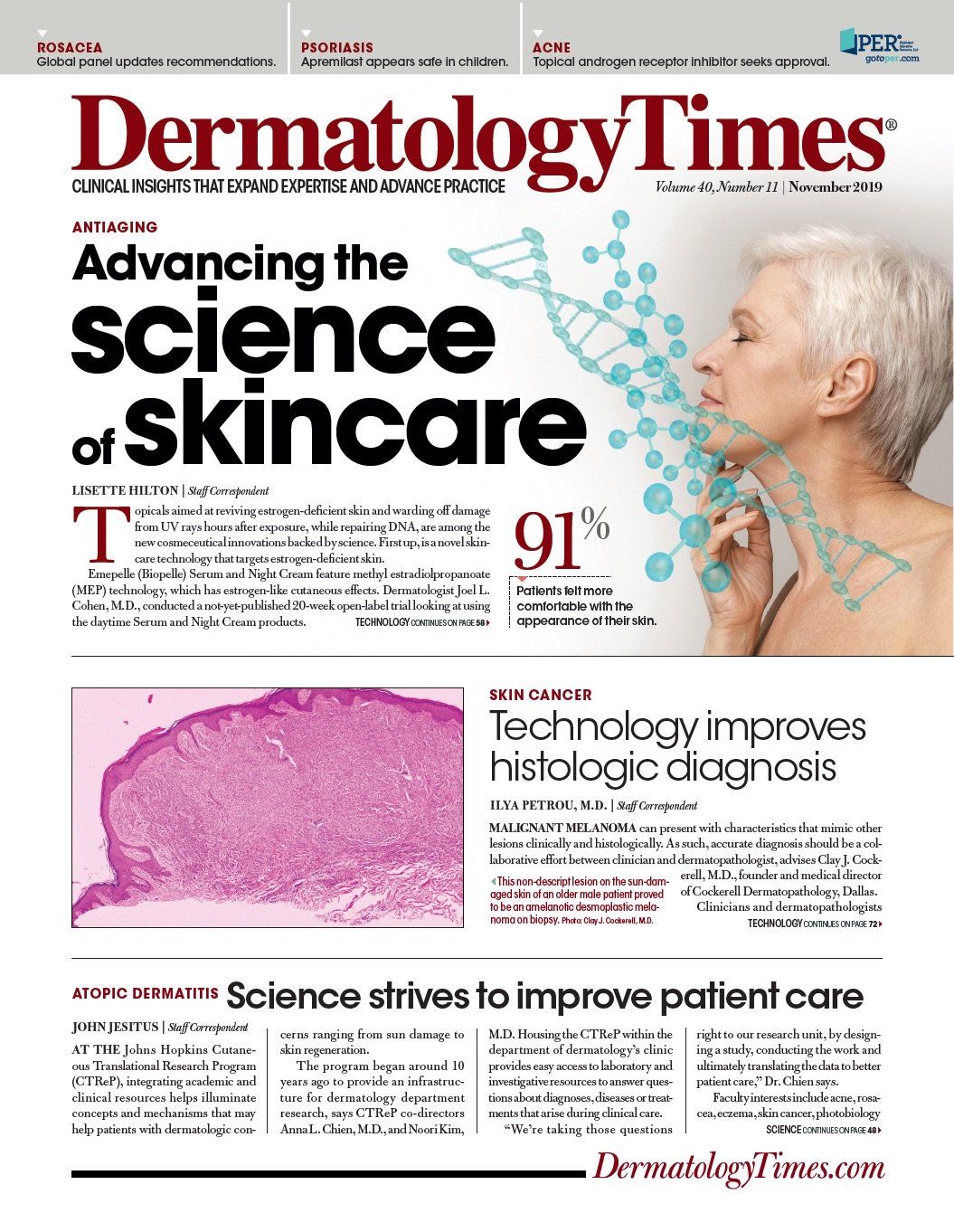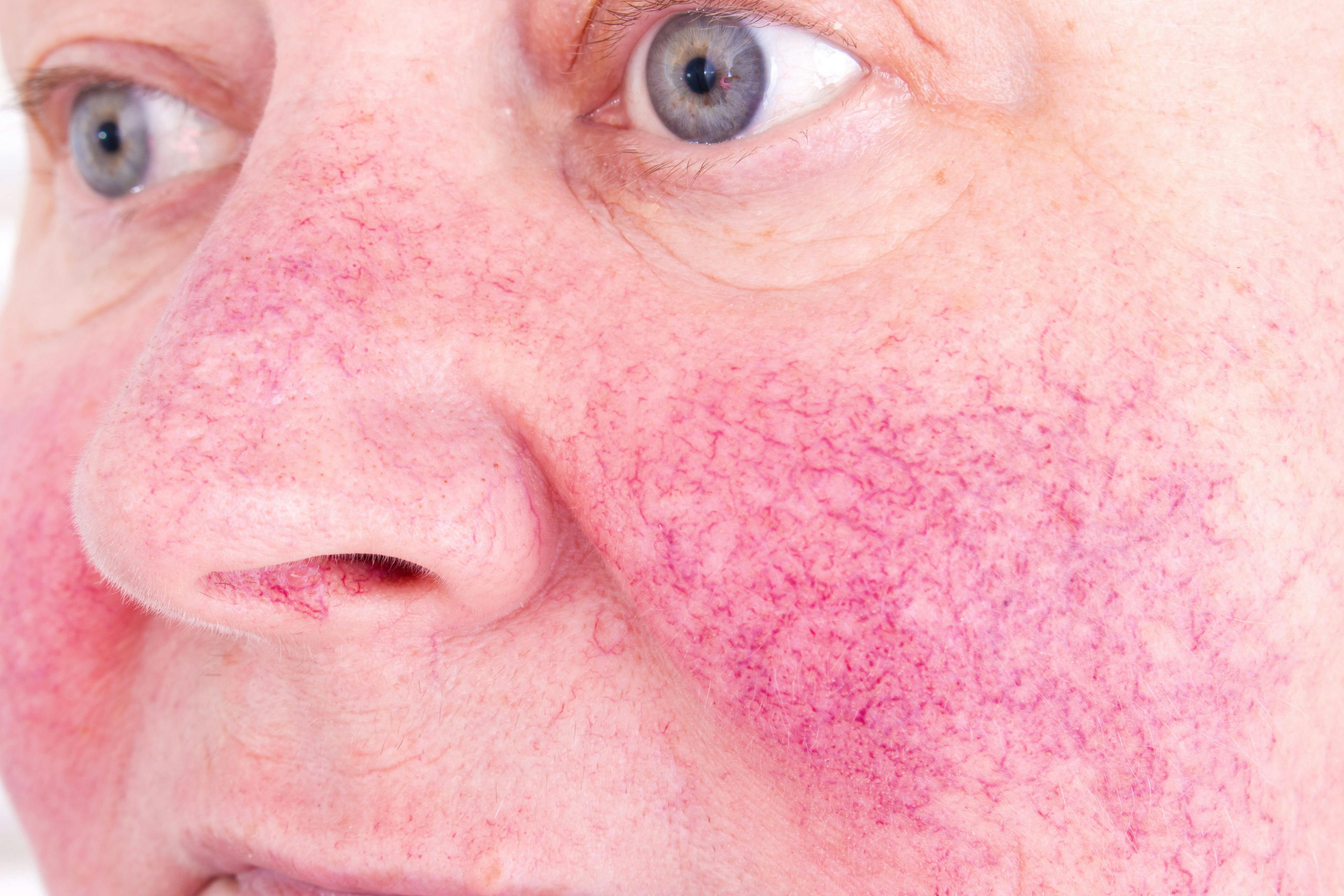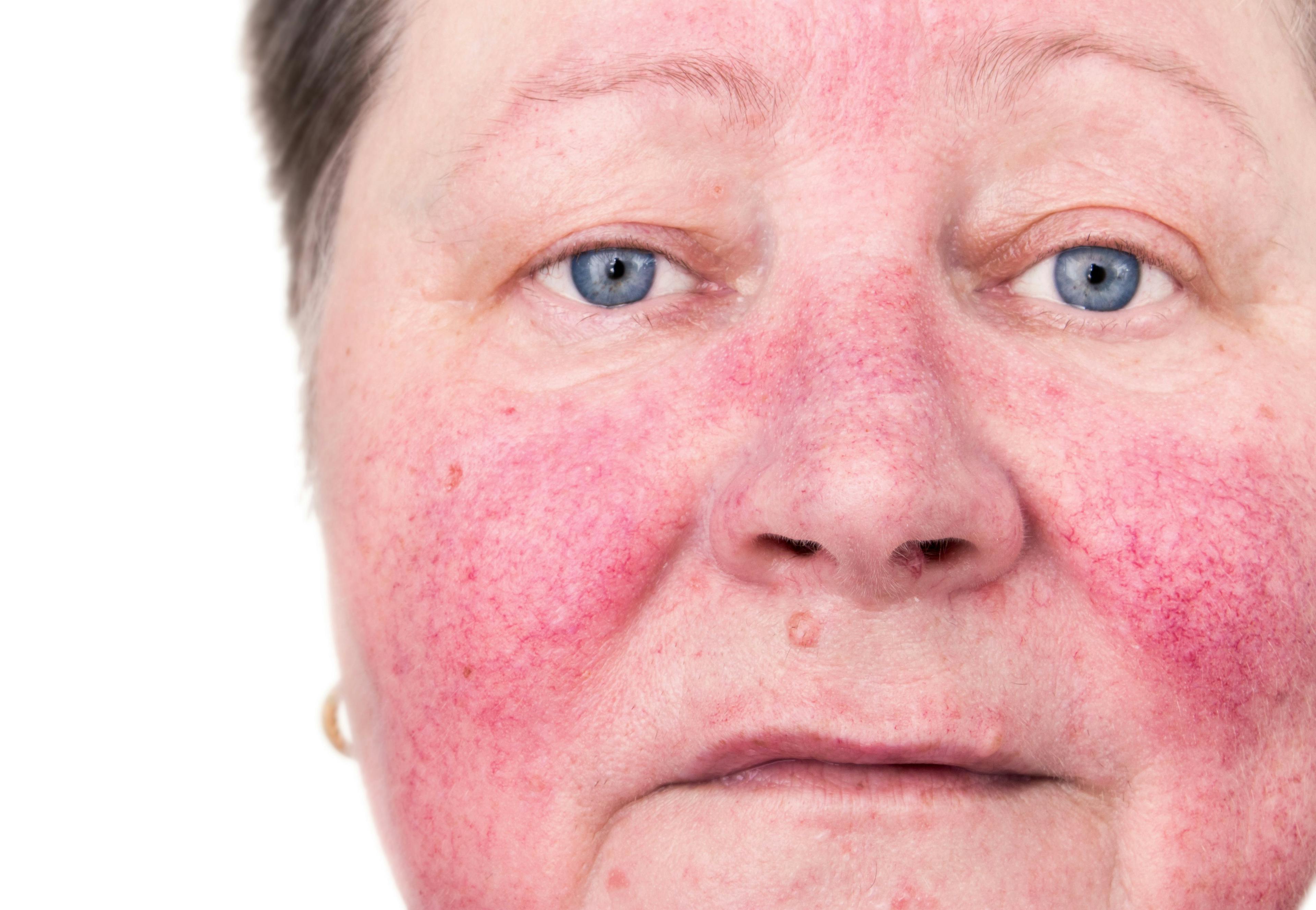- Acne
- Actinic Keratosis
- Aesthetics
- Alopecia
- Atopic Dermatitis
- Buy-and-Bill
- COVID-19
- Case-Based Roundtable
- Chronic Hand Eczema
- Drug Watch
- Eczema
- General Dermatology
- Hidradenitis Suppurativa
- Melasma
- NP and PA
- Pediatric Dermatology
- Pigmentary Disorders
- Practice Management
- Precision Medicine and Biologics
- Prurigo Nodularis
- Psoriasis
- Psoriatic Arthritis
- Rare Disease
- Rosacea
- Skin Cancer
- Vitiligo
- Wound Care
Publication
Article
Dermatology Times
AI: It’s not dermatologist vs. machine
In this month's Innovation article, Steve Xu, M.D., FAAD, highlights a company and innovator who are using artificial intelligence to augment physician decision-making, not replace it.
VisualDx is using artificial intelligence to augment physician decision-making, not replace it.

It’s nearly impossible to get through a day without encountering augmented intelligence (AI). We have come to expect the convenience of email filters and smart replies, websites that link job candidates to job openings, predictive online searches, fraud prevention by financial institutions, and social media that detects when someone might harm themselves.1 Over time we have come to accept these small daily interactions with AI, but when it comes to AI in medicine, many have expressed concern that doctors’ training, knowledge and judgment will simply be replaced by a cold and calculating AI. Thankfully, today’s AI advances are not aimed at replacing doctors at all, but rather they team up with doctors to enhance decision-making and increase the accuracy of their diagnoses.
RELATED: Artificial Intelligence. Friend or foe of dermatology?
It’s not physician vs. machine
No doctor can memorize everything, but patients expect quick, accurate diagnoses, the most appropriate tests to be ordered, and safe, effective therapies to be used. Gathering patient data and synthesizing it into an excellent differential diagnosis with the typical time constraints that every doctor faces can be a challenge. Using AI-powered decision support in combination with physician knowledge and experience is more powerful than the physician relying on memory alone to make a diagnosis.
For this month’s column, I want to highlight a company and innovator, Art Papier, M.D., FAAD, of whom I am a huge fan. I remember using VisualDx as a medical student – and, essentially, I found it to be the best resource for helping me generate dermatological differentials. This is true to this day when I see patients and get stumped. What I like most about what VisualDx is doing in dermatology is that they are using AI/ML to augment physician decision-making, not replacing it. Â
RELATED: My AI will see you now
SPOTLIGHT ON VISUALDX
Dermatology is particularly well-suited to receive support from machine learning (ML), one form of AI, because many skin conditions present in patterns that computers can recognize. Visual decision support tools like VisualDx have been working to make applications that can identify lesion types from photos of a patient’s condition. The machine learning benefitted strongly from the huge VisualDx library of hundreds of thousands of clinical images including a variety of presentations, skin types, age, sex, severity of disease, and more.
“Obviously, when we started this collection machine learning was not what our collection was intended for,” says Rob Phipps, vice president of engineering at VisualDx. “When machine learning became big and hit the scene a few years ago, the lightbulb went off. We said, ‘This is gold, and this is what you really need to do a good job with these new technologies.’ So, we have been able to repurpose the image collection to use machine learning.”
RELATED: Digital tools impact daily dermatology practice
Once a robust amount of data had been “learned” by the computer, it was time to incorporate that machine learning into a useful analysis tool. VisualDx added a feature that allows a healthcare professional to take a photo of a patient’s skin condition, analyze the lesion morphology using the machine learning AI, and then request additional input from the physician to obtain a differential diagnosis.
The physician’s medical judgment is still crucial to this process, both in obtaining the relevant symptoms from the patient and in interpreting the conclusions reached by the decision support tool. Furthermore, dermatologists are well aware of the non-dermatologists’ and medical students’ inability to describe the skin exam well. VisualDx is augmenting the teaching and learning of these skills as the system analyzes an image and “teaches” the language of the skin exam.
What’s the real-world result of a point of care AI decision support tool for dermatology?
Having augmented support in diagnosing patients with conditions that present on the skin can speed accurate diagnosis, save valuable time, build pattern. recognition skills in the clinician and reduce dermatology referrals. In a 2019 survey conducted by VisualDx, dermatologists indicated they saved an average of 22 minutes per day when using VisualDx. Additionally dermatologists reported that 22% of their cases could be ably handled by the referring provider.2 With the average wait to see a dermatologist in metro areas at 32 days,3 tools like VisualDx make it possible for dermatologists to concentrate on more challenging cases while primary or urgent care physicians can treat more common conditions.
Using the support of AI tools, physicians can increase patient satisfaction as well. Quick diagnosis on the first visit can reduce patient costs and give the physician valuable time to educate the patient on their diagnosis and treatment plan.
READ MORE: View more Innovation stories from Dr. Xu and other contributors here.
References:
1. 16 Examples of Artificial Intelligence (AI) in Your Everday Life. Medium. https://medium.com/@the_manifest/16-examples-of-artificial-intelligence-ai-in-your-everyday-life-655b2e6a49de. Published September 26, 2018. Accessed October 2019.
2. VisualDx survey
3. Survey of Physician Appointment Wait Times. Errit Hawkins Website: https://www.merritthawkins.com/uploadedFiles/MerrittHawkins/Content/Pdf/mha-2017waittimesurveyPDF.pdf. Published 2017. Accessed October 2019.

Newsletter
Like what you’re reading? Subscribe to Dermatology Times for weekly updates on therapies, innovations, and real-world practice tips.


























